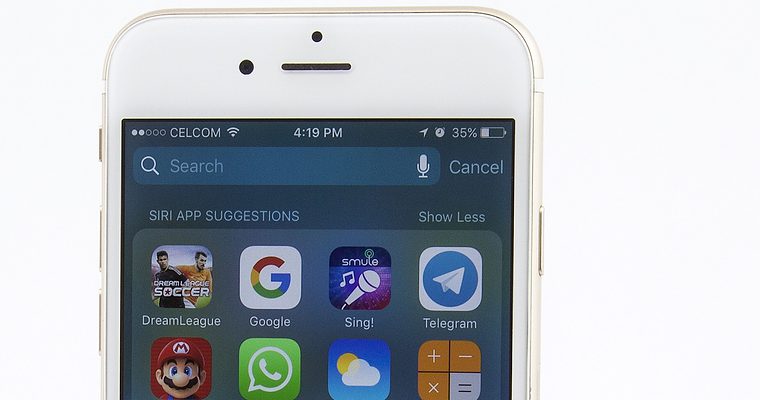Deploy Backup and Sync in your organization to synchronize local files to Drive on the web, making them available on all your devices. Note: We recommend using to access My Drive and Team Drives on your computer while using less disk space. Backup and Sync doesn’t support Team Drives, but you can use it along with Drive File Stream to sync other folders with Drive, such as Documents and Desktop.. This article is for administrators in an organization. If you’re using Drive with a work or school account, your admin may install a sync solution for you, or ask you to install a particular application yourself.
Gboard is a keyboard that lets you search and send information, GIFs, emoji, and more—right from your keyboard, in any app. Tap “Gboard” in your app settings to get started. • Trending on Google widget — find out what’s trending in your area with our Trending on Google widget. Jun 28, 2012 Get more done with the new Google Chrome on iPhone and iPad. Now more simple, secure and faster-than-ever, with Google Smarts built-in. • FASTER BROWSING - Chrome’s address bar uses Google Search to make any fact-finding mission fast and simple. Manage all your Gmail, Calendar, Contacts and Google Inbox accounts in Mailplane instead of cluttering up your browser window. All-in-one app with Apple-like.
If you want to install Backup and Sync for your personal account, see. How it works When you install Backup and Sync, it creates a folder on your computer named Google Drive.

Anything you put in this folder syncs with a folder named My Drive in Drive on the web, and becomes available on all your Drive devices. This is a 2-way sync, so changes you make online are reflected on all your devices, and vice-versa. Learn more about. With, you can also: • Sync other folders on your computer, such as Documents or Desktop • Sync USB devices and SD cards • Back up your photos and videos to Google Photos Install or deploy Backup and Sync • Verify that the Drive work for your organization. • If you haven’t already done so,. Make sure to allow Backup and Sync and specify whether users can see Backup and Sync download links.
• Install Backup and Sync on each user's computer using one of these options: • Let each user on their own machine. If users have problems installing Backup and Sync, they should restart their computers, then try again. • Push the appropriate Backup and Sync.msi file, or, to your users. You can use this option for a silent, unattended installation. See your Windows documentation to learn how to install.msi files. You can also use or to control whether Backup and Sync is automatically updated on your users' computers. • Send your users an email letting them know about Drive and how they can get started. We provide a that you can copy and modify to suit your organization's needs.
Customize default user settings If desired, you can customize the default for your users. • Create a plain text file named user_setup.config.
Launch System Preferences and click on the Keyboard icon in the list of preference panes. Once in the Keyboard pane, click on the Shortcuts button at the top. Click on the Services icon in the left-hand column, and then scroll down to the Searching section. Enable Search With Google and Spotlight with a click on the checkbox next to each label. The default shortcut for searching the web with Google (this will change if you choose a different default search engine in Safari preferences) is Shift-Command-L, and the shortcut for Spotlight is Shift-Command-F. These shortcuts will work system wide, even in something as odd as iTunes.
You can click on any track in your music library and then hit Shift-Command-L to have Google search for information about the track. You can also search any text item you can highlight. Simply double click on the text you want to search for, and hit Shift-Command-L. Your Mac will launch Safari and take you to the Google search page.
Spotlight searching works much the same way, though you may want to change the default to something else, as Command-Shift-F will make some apps like Chrome go fullscreen. I added an Option keystroke to my shortcut, making it Command-Shift-Option-F, so as to not conflict with the fullscreen command in Chrome.  Now I can highlight any word or string of words, hit Command-Shift-Option-F and a Spotlight window appears with that search term pre-filled into the search field. It’s very convenient.
Now I can highlight any word or string of words, hit Command-Shift-Option-F and a Spotlight window appears with that search term pre-filled into the search field. It’s very convenient.

 0 kommentar(er)
0 kommentar(er)
